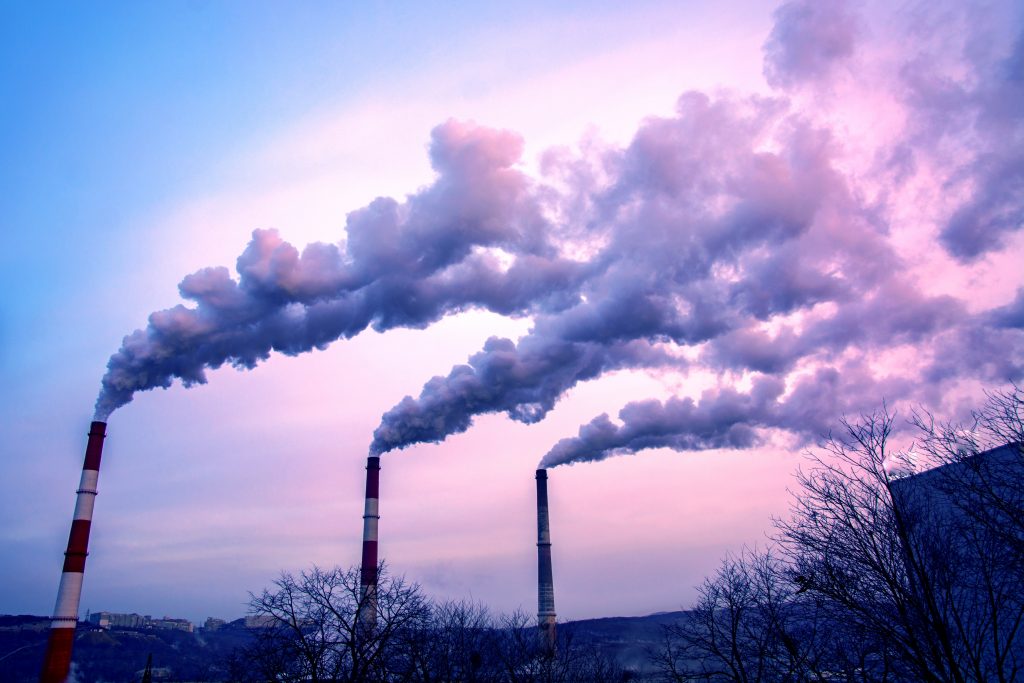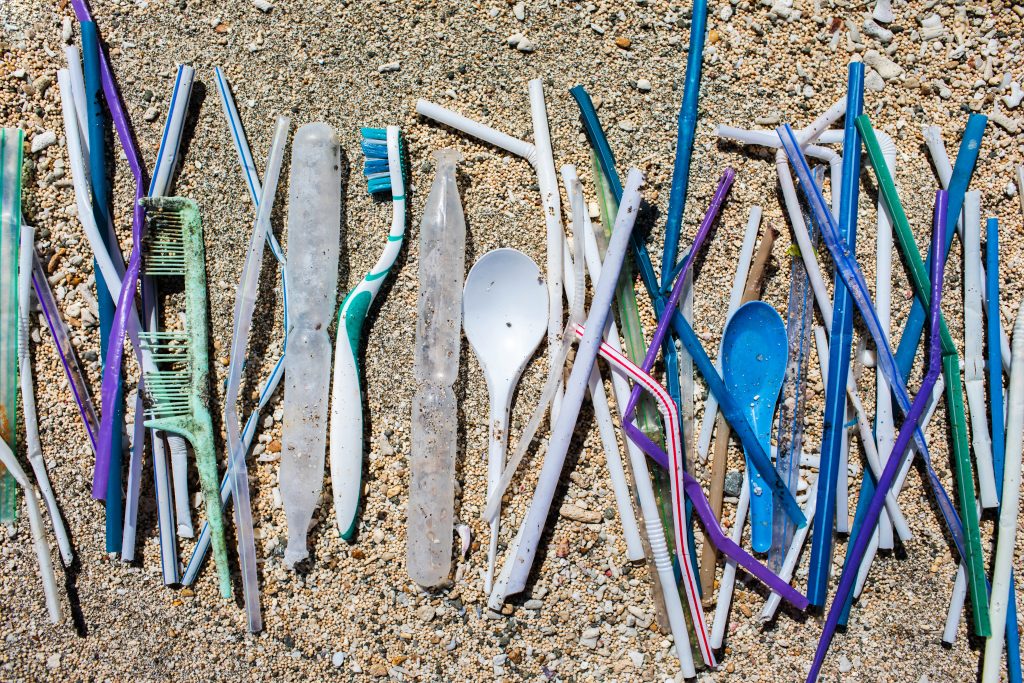Why are plastic toothbrushes so bad for the environment?
July 2, 2020
Why are plastic toothbrushes so bad for the environment?
The answer to this question is the very fuel that motivated our journey to create bambooth and start our own minimal waste journey!
Unfortunately, there are lots of ways in which plastic toothbrushes are terrible for our beautiful, threatened planet. This may seem hard to comprehend when you think of the seemingly harmless, inanimate object you use to brush your teeth every day. However, the following statistics on these items found in homes the world over will provide you with the facts on the true damage plastic toothbrushes are causing our environment.
These short, succinct statistics are a call-to-arms of sorts. It is our hope that since you have given your time to read this blog (thank you) your environmental conscious is alive and kicking! You have begun to question and seek out answers to difficult questions, peeling back the facade to ultimately reveal the tough truth; our natural world is in jeoprady. These facts can act as an arsenal if you choose to join us in this fight (or indeed if you have already joined!). They are also particularly useful during wine-fuelled environmental debates when trying to convert one more person to using non-plastic products!
However, knowledge is power so allow me to elaborate further on the different ways in which plastic toothbrushes are damaging our environment.
The journey of a plastic toothbrush….

We all want that million dollar smile…… so much so in fact that people rated their trusty toothbrush over their phones, cars and computers as the innovation they would choose not to live without when completing MIT’s 2003 Lemelson Innovation Index Survey! But at what cost?
The painful truth is that plastic doesn’t ever ‘break-down’….rather it only ever breaks-up. Therefore, every toothbrush that we have every used still exists on the planet today. Every. Single. One….. since they were first developed in the 1930’s. Just take a second to think about that from solely a personal perspective. That novelty toothbrush you first had (or in my case begged for but never got!) is still out there somewhere- in landfill, floating in a waterway, or potentially lodged in the stomach of an innocent marine mammal.
A plastic toothbrush actually goes on an environmentally- destructive journey long before meeting us bleary-eyed, hair-askew first thing in the morning (frankly our bed heads are the least shocking thing they see ????).

The plastic in a plastic toothbrush starts out as petroleum, one of our finite fossil fuels. Once this precious resource has been mined, it’s environmentally treacherous odyssey starts as it takes the first of its journeys (be it by road or sea) to travel to a refinery, where the petroleum is refined into small, plastic pellets.
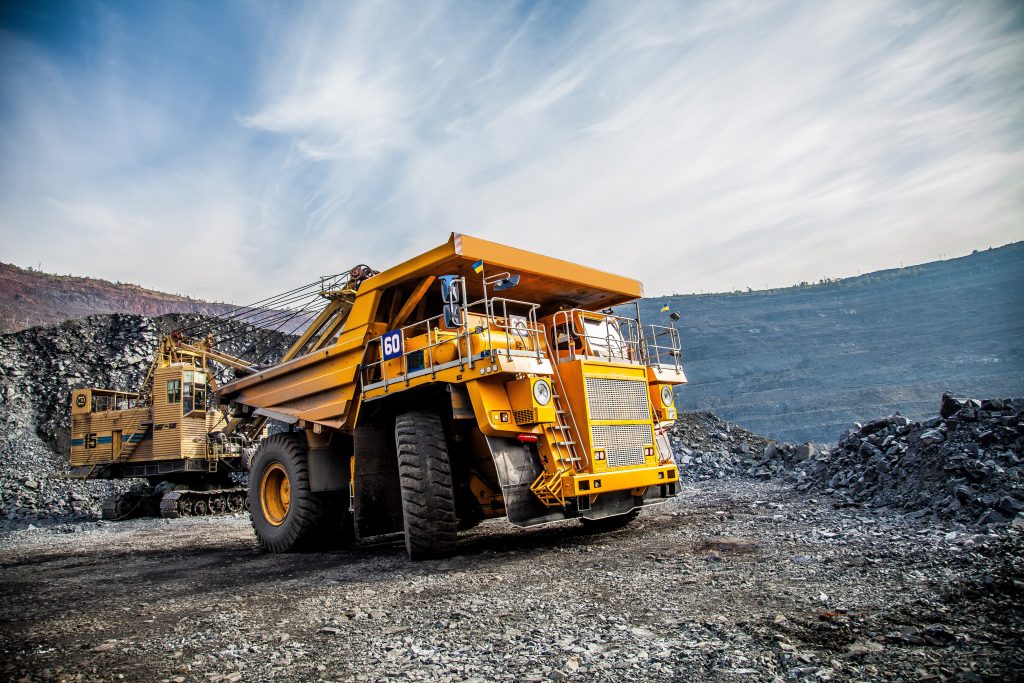
These small plastic pellets are then packed up and shipped to their next destination- a toothbrush manufacturer. Although they may be small individually, collectively they pack an environmentally damaging punch. Once these plastic pellets are molded into toothbrushes, they are ready to begin their new oral hygiene vocation. They are then packaged into cardboard or plastic boxes with shiny, ‘consumer-friendly’ plastic labels and are distributed to shops.
So by the time you buy a plastic toothbrush in the shop and bring it home for the next 2-3 months (although I’d say we’ve ALL let that creep a little past the 3 month mark at times!) they have already been on quite the journey. And once you do decide to dispose of your toothbrush, that brush is really only like a kid leaving play-school…..because the time a toothbrush is used by the consumer really only accounts for .025% of its lifetime, remaining on this Earth for up to 1000 more years!
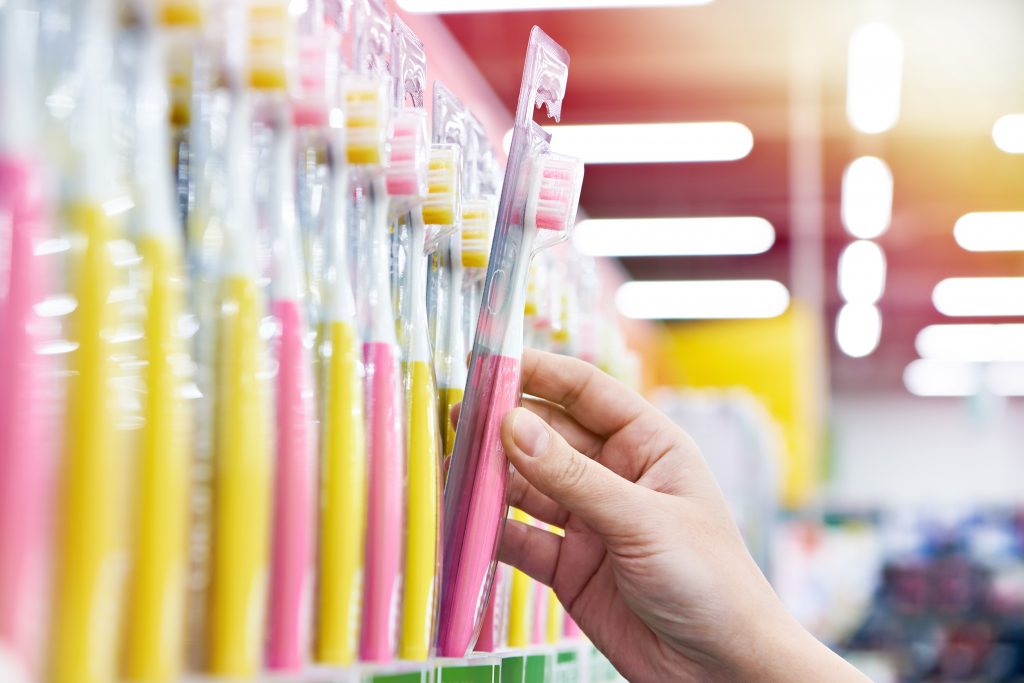
Once disposed, your toothbrush will then travel one of three routes.
- Option 1: it may find its way to an incinerator causing even more harmful, climate-changing greenhouse gases.
- Option 2: it may end up in our oceans (or the digestive tracts of marine life)
- Option 3: it may end up in landfill, where it will eventually break up and seep into the water and soil
So what are ‘microplastics’?
‘Microplastics’ are small plastic pieces less than five millimetres long which can be harmful to our ocean and aquatic life.
National Oceanic and Atmospheric Administration
Have you ever had an urge to try arts and crafts and instantly regretted it because the glitter you just had to use has both you and your home looking like the aftermath of an 8-year-old’s birthday party? You keep finding it days, weeks, months later. Well, not only is glitter a microplastic but it pretty much sums them up too…..they are EVERYWHERE and manage to infiltrate even the smallest of spaces.
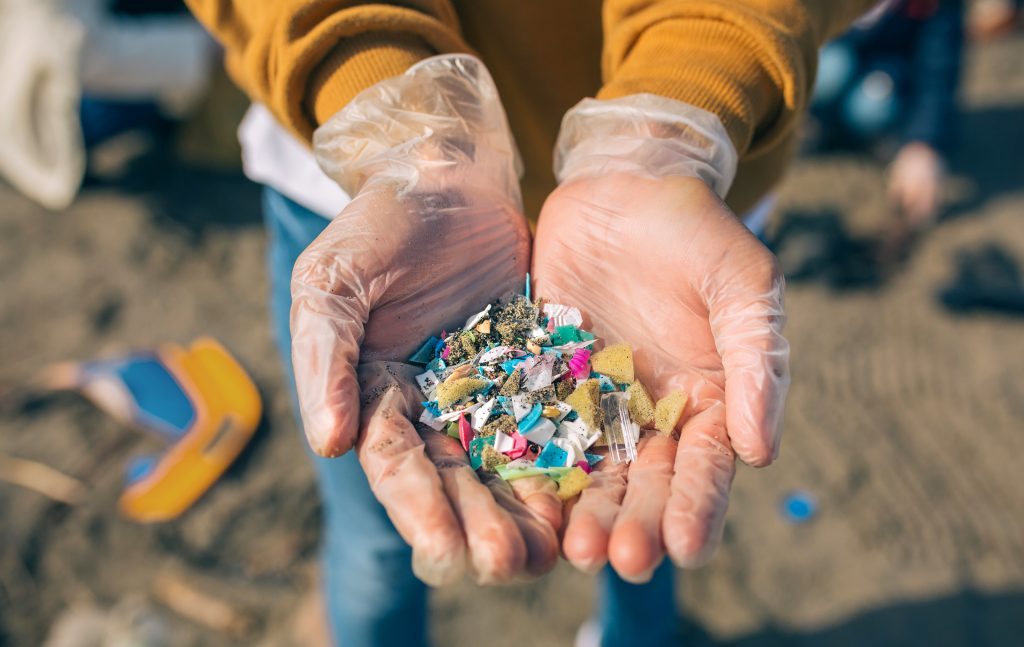
There are two main types of microplastics:
- Primary microplastics: these are intentionally produced, usually with a strong drive for consumer goods eg: cosmetics, clothing, speciality soaps
- Secondary microplastics: these are produced when larger plastic materials break-down into smaller pieces because of exposure to environmental factors such as the waves and solar radiation
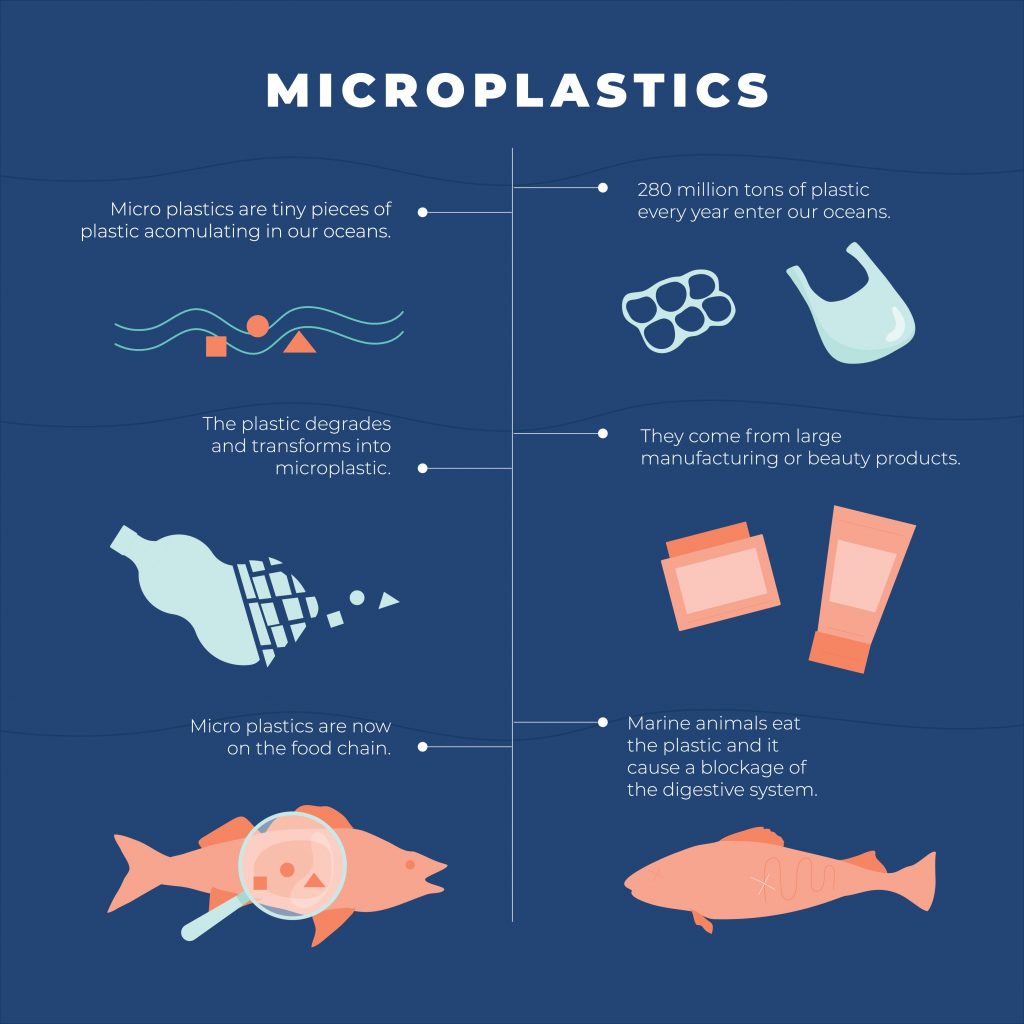
A study documented in The National Geographic and the journal Science of the Total Environment provided upsetting statistics in relation to the microplastic debacle. Their study took place in the Maldives (a collection of islands renowned for their vast marine biodiversity) and revealed that the beaches and waters around these beautiful islands had become home to the world’s highest levels of microplastics! Perhaps one of the most disturbing findings made by the researchers was the fact that many of the microplastic particles examined were the same size as the prey consumed by the rich marine life on the reef. As you can imagine, this is detrimental to a tropical ecosystem which supports 1,100 species of fish and 929 other species. Shockingly, of 71 trigger fish collected by the scientists and tested, 100% had plastic in their stomachs with an average of eight fibers in each fish.
As highlighted in this study and explained by Flinders conservation biologist Karen Burke Da Silvain, “the size of microplastics is extremely important because they get into the smallest fish and invertebrates, which are then consumed by larger fish”. Studies have shown that microplastics are extremely harmful for fish and other marine wildlife as they can stunt their growth, cause liver damage, change eating habits, cause tissue inflammation and disrupt reproductive systems.
In order to combat this grave environmental disaster (that the plastic toothbrush has contributed to) it is essential to not only acknowledge the presence of microplastics but to study their journey. Researchers refer to it as the ‘microplastic cycle’- how they travel, where they gather and how they change as they make their journey. Unfortunately, despite their harmful presence ‘microplastics’ have not been the focus of much research in the past but this is changing and thankfully there are studies taking place to help us gain a better upstanding of our tiny enemy!
But guys, the great news is…You don’t have to sacrifice your gorgeous smile and dental hygiene because you can’t bear to look at a plastic toothbrush again now you know the truth! Instead you can become a BAMBASSOR and help spread the word on just how easy and important it is to make the change to a bamboo toothbrush! Plus, not only is a bambooth stylishly-designed and dental-approved, it is a step on the right direction towards changing our global habits and protecting our beautiful planet and its wildlife.
“ Never doubt that that a small group of thoughtful, committed, citizens can change the world; indeed, it’s the only thing that ever has“
Margaret Mead
